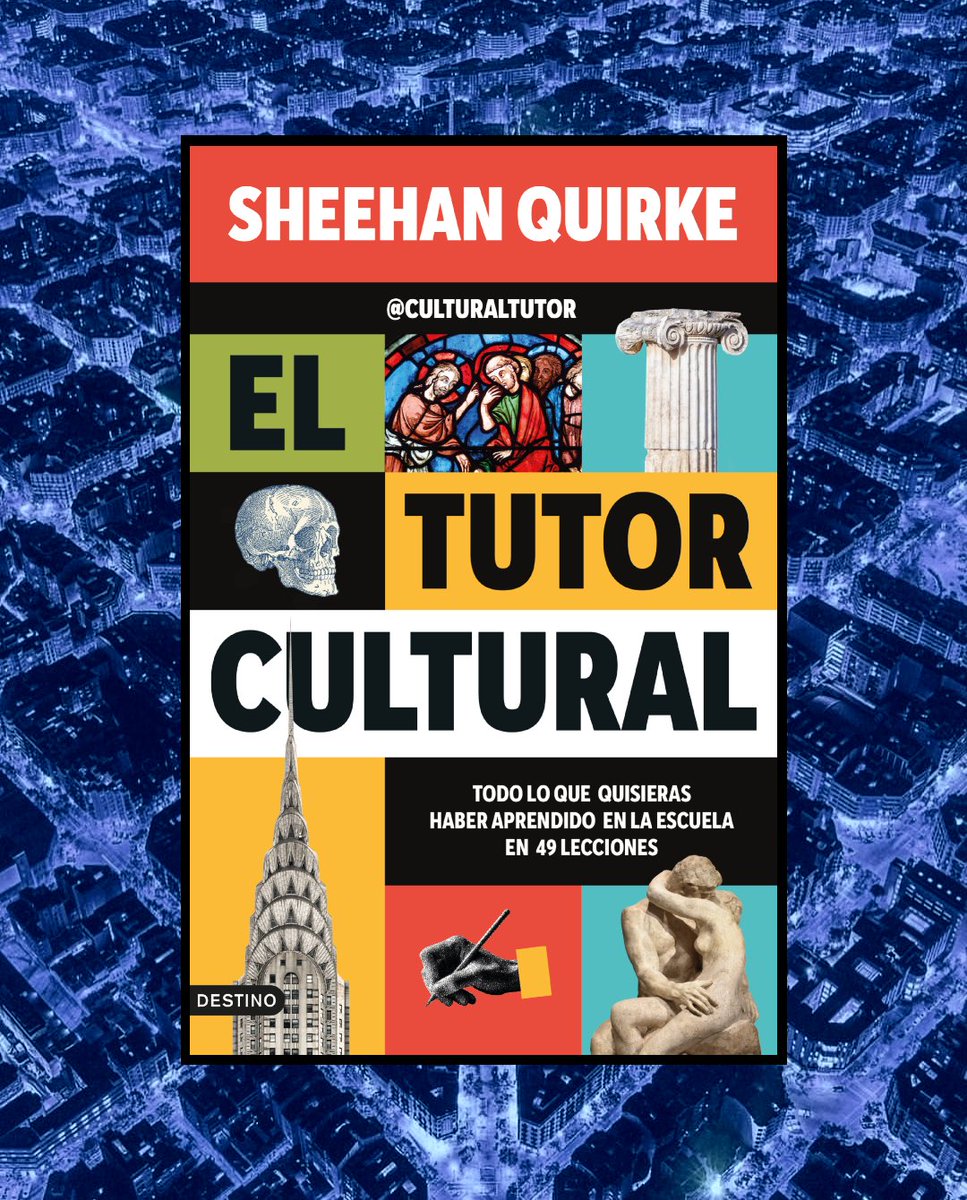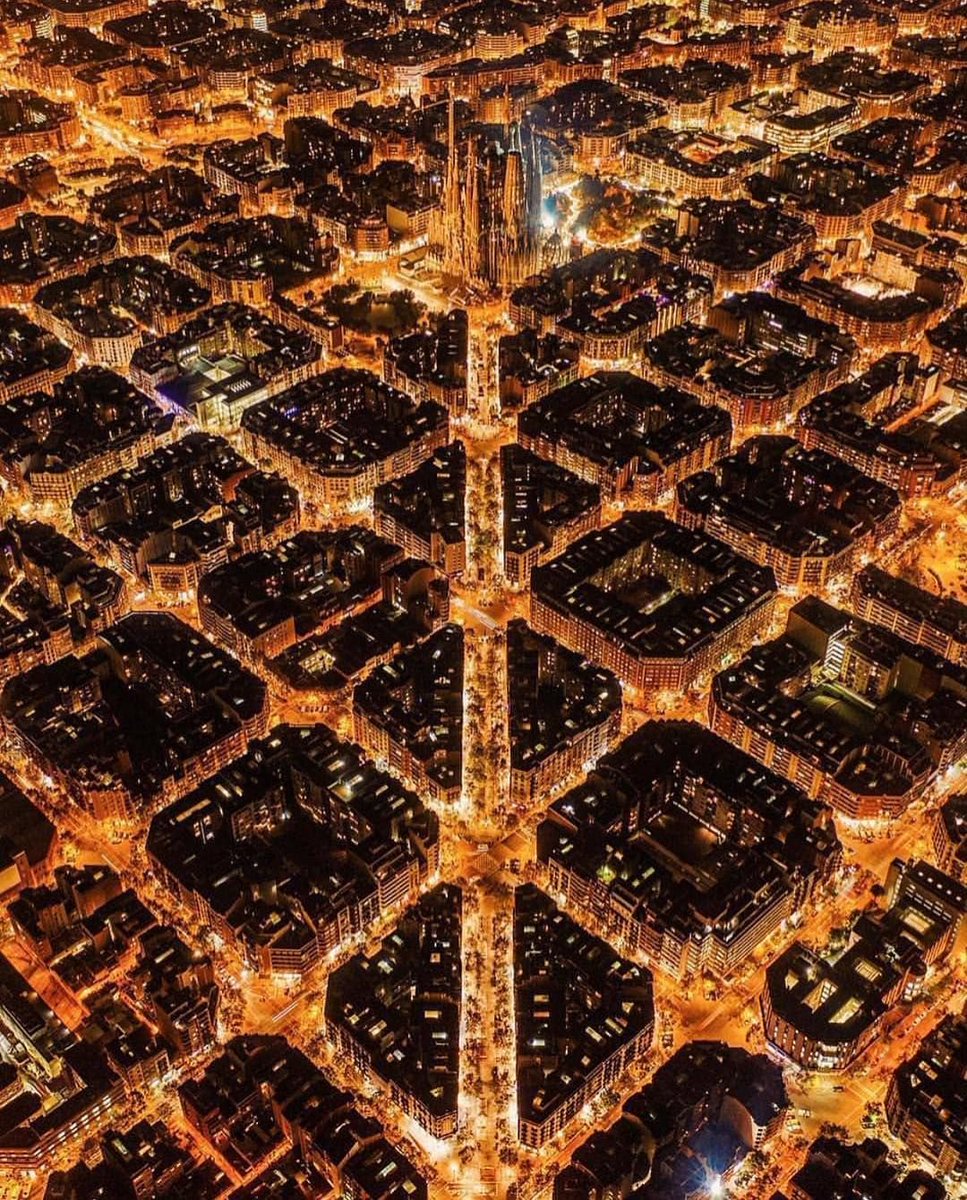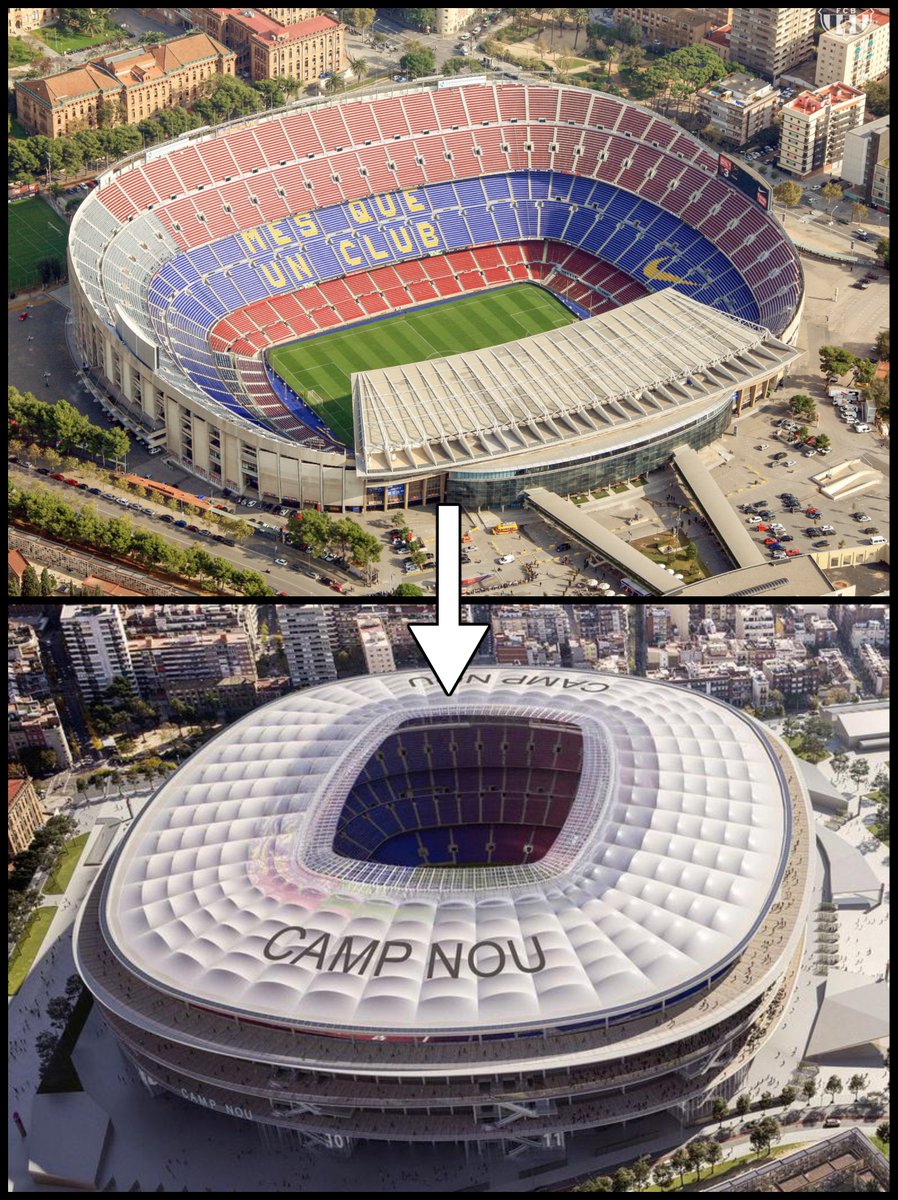This is the only painting Vincent van Gogh ever sold.
It's called The Red Vineyard and it was bought by his friend's sister.
So how did van Gogh go from selling just one painting to being the world's most famous artist? It's all because of his family...
It's called The Red Vineyard and it was bought by his friend's sister.
So how did van Gogh go from selling just one painting to being the world's most famous artist? It's all because of his family...

It was October of 1888 and Vincent van Gogh was in Arles, southern France.
He had moved there from Paris in the summer, and in Arles he finally found the style for which he is now so beloved around the world.
It was here that van Gogh made some of his most famous paintings:
He had moved there from Paris in the summer, and in Arles he finally found the style for which he is now so beloved around the world.
It was here that van Gogh made some of his most famous paintings:

But at the time Vincent van Gogh was just another artist struggling to get by.
He was friends with the avant-garde crowd in Paris, who believed he was a genius.
But financial stability or wider recognition were nowhere to be seen — all he could do was keep painting.
He was friends with the avant-garde crowd in Paris, who believed he was a genius.
But financial stability or wider recognition were nowhere to be seen — all he could do was keep painting.

Vincent wrote to his brother Theo in November of 1888, talking about a vineyard he had seen on a walk with fellow artist and friend Paul Gauguin.
He started a painting of the vineyard and within a week it was finished.
He started a painting of the vineyard and within a week it was finished.

Vincent even made a little sketch of it for Theo, and in later letters explained that he thought it should be given a very simple frame with thin strips of wood.
Rather different to the one it now hangs in.
Rather different to the one it now hangs in.

The following year Vincent sent The Red Vineyard, along with several other paintings, to Theo in Paris.
Then, in November, van Gogh was invited to show some of his paintings at an exhibition in Brussels.
It was organised by an avant-garde group called "The 20".
Then, in November, van Gogh was invited to show some of his paintings at an exhibition in Brussels.
It was organised by an avant-garde group called "The 20".

Vincent told Theo which six paintings he wanted to be shown at the exhibition, one of which was The Red Vineyard.
Another, called "Ivy", has been missing since World War II.
Anyway, the paintings were duly exhibited in January of 1890 — a sign of van Gogh's growing reputation.
Another, called "Ivy", has been missing since World War II.
Anyway, the paintings were duly exhibited in January of 1890 — a sign of van Gogh's growing reputation.

One of those who attended this exhibition was Anna Boch — an artist, member of The 20, and collector.
Her brother Eugène was friends with van Gogh and had even been painted by him, below.
She bought The Red Vineyard for 400 Belgian francs, the equivalent of about $2,000 today.
Her brother Eugène was friends with van Gogh and had even been painted by him, below.
She bought The Red Vineyard for 400 Belgian francs, the equivalent of about $2,000 today.

Vincent wrote to Theo that Anna Boch had overpaid for The Red Vineyard, especially since they were friends.
Still, was this the start of Vincent van Gogh's rise to fame? His friends thought it was inevitable.
Well, by July 1890 it was over — Vincent van Gogh had killed himself.
Still, was this the start of Vincent van Gogh's rise to fame? His friends thought it was inevitable.
Well, by July 1890 it was over — Vincent van Gogh had killed himself.
To say that van Gogh only ever sold one painting is true, but doesn't quite explain the full truth.
In Paris and elsewhere van Gogh frequently traded his paintings for art supplies, lodgings, food, and other favours.
A common practice in circles of struggling artists.
In Paris and elsewhere van Gogh frequently traded his paintings for art supplies, lodgings, food, and other favours.
A common practice in circles of struggling artists.
But The Red Vineyard is the only painting he ever formally sold — and, besides, the idea that van Gogh was unsuccessful is very much true.
It was only thanks to the financial and moral support of his devoted brother Theo that Vincent was able to do nothing other than paint.
It was only thanks to the financial and moral support of his devoted brother Theo that Vincent was able to do nothing other than paint.

And Theo's endless gifts of money were in some sense given for his brother's paintings which, as an art dealer, he would then be able to sell.
Because Theo believed his brother was a genius, that his rise to stardom was only a matter of time.
Theo dedicated his life to Vincent:
Because Theo believed his brother was a genius, that his rise to stardom was only a matter of time.
Theo dedicated his life to Vincent:

And he was right... though he never lived to see it.
After Vincent's death in July 1890 Theo was broken; he died of grief in January 1891.
Thus leaving Theo's wife Jo with an infant son to raise alone — and several hundred of her brother-in-law's paintings.
After Vincent's death in July 1890 Theo was broken; he died of grief in January 1891.
Thus leaving Theo's wife Jo with an infant son to raise alone — and several hundred of her brother-in-law's paintings.

Strange to think that Jo inherited Vincent's art, and that the canvasses lying around her apartment would one day be collectively worth billions.
Like Wheat Field with Cypresses, which was sold in 1993 for $57 million.
The value of art is a strange thing.
Like Wheat Field with Cypresses, which was sold in 1993 for $57 million.
The value of art is a strange thing.

Well, Jo returned to the Netherlands with her son and those hundreds of paintings, despite being told it would have been better to sell them for what little they were worth.
She also kept all the letters Vincent and Theo had written, whether to each other or anybody else.
She also kept all the letters Vincent and Theo had written, whether to each other or anybody else.
And Jo set herself the goal of accomplishing Theo's dream — bringing Vincent's genius to the world.
She spent the next three decades tirelessly organising exhibitions and raising awareness, however she could, both of Vincent's life and art.
She spent the next three decades tirelessly organising exhibitions and raising awareness, however she could, both of Vincent's life and art.

Why did she do it? Because Jo had loved Theo deeply, and had loved Vincent also.
Jo and Theo even chose to name their son after Vincent, as revealed in a letter from Jo to her brother-in-law.
Soon afterward he started painting some almond blossom to hang in the child's bedroom.
Jo and Theo even chose to name their son after Vincent, as revealed in a letter from Jo to her brother-in-law.
Soon afterward he started painting some almond blossom to hang in the child's bedroom.

Our whole modern view of Vincent van Gogh, even if true, was the view held by Jo — the one she has now given to the world.
Her diaries and letters show how she felt.
A lengthy quote, but worth reading in full for its tenderness and for how it reveals her character:
Her diaries and letters show how she felt.
A lengthy quote, but worth reading in full for its tenderness and for how it reveals her character:

She also collated, published, and translated Vincent's letters — because she knew his story and personality were interminably intertwined with his art.
And notice, again, how in all Jo's explanations of her work it is wrapped up in her love for Theo and admiration for Vincent:
And notice, again, how in all Jo's explanations of her work it is wrapped up in her love for Theo and admiration for Vincent:

And, in the end, it worked.
Before her life was over Jo had seen Vincent raised to the status she knew he deserved, and had seen her beloved Theo become a rightfully central part of that story.
Her son continued her work and later helped set up the Vincent van Gogh Museum.
Before her life was over Jo had seen Vincent raised to the status she knew he deserved, and had seen her beloved Theo become a rightfully central part of that story.
Her son continued her work and later helped set up the Vincent van Gogh Museum.

So those hundreds of once-worthless paintings are now among the most popular, beloved, and expensive works of art in the world.
Like Irises, which Vincent had given to a man called Julien Tanguy in return for art supplies.
It was sold in 1987 for over $50 million.
Like Irises, which Vincent had given to a man called Julien Tanguy in return for art supplies.
It was sold in 1987 for over $50 million.

Hindsight makes us believe that, had we been at the exhibition of "The 20" in 1890, we would have noticed the brilliance of van Gogh and even bought one of his paintings.
But history tells us otherwise — the list of artists now revered who once went unnoticed is endless.
But history tells us otherwise — the list of artists now revered who once went unnoticed is endless.
So who knows how many artists are currently working, without success or recognition, who will one day be regarded as the greatest artists of the 21st century?
Still, the heart of this story is how van Gogh came to have his current reputation — because it wasn't inevitable.
Still, the heart of this story is how van Gogh came to have his current reputation — because it wasn't inevitable.

Yes, Vincent van Gogh was a struggling and troubled artist who only sold one painting — but he was not alone.
Without the love of Theo and Jo, during his life and afterward, we would not be speaking about him today and the world would not have been blessed with his art.
Without the love of Theo and Jo, during his life and afterward, we would not be speaking about him today and the world would not have been blessed with his art.

• • •
Missing some Tweet in this thread? You can try to
force a refresh





















